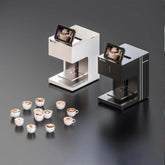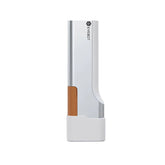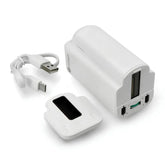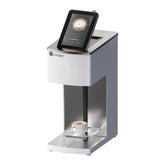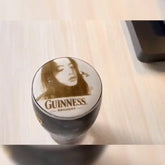A Comparative Look at Conventional vs Edible Printing Techniques
In the dynamic world of printing technology, the advent of edible printing has been nothing short of revolutionary. Particularly in the UK, the demand for edible printing is surging within patisseries, cafes, and food-centric events. This blog post explores the differences between conventional printing techniques and their edible counterparts, and highlights how edible printing is changing the way we think about prints on food.
What is Edible Printing?
Edible printing is a modern printing technique that allows images and text to be printed directly onto food items. Using edible inks and specially coated edible papers or directly onto food surfaces like cakes and pastries, these prints are food-safe and entirely consumable. This technique provides incredible flexibility for customisation, making it popular in the culinary industry for creating intricate designs and messages on food items.
Traditional vs Edible Printing: Key Differences
Medium and Materials
Conventional printing typically utilises paper as its primary medium and employs ink that is not safe for consumption. On the other hand, edible printing utilises edible papers made of rice, potato starch, or sugar sheets, with food-grade inks. This distinctive material usage is crucial for ensuring that the printed food items are safe to eat.
Application Use Cases
Traditional printing is used in a wide array of settings, from document printing to large-scale billboard productions. Edible printing, however, is tailored more towards the culinary arts. From adding logos to corporate cakes to printing colourful designs on macarons, edible printing offers a unique avenue where creativity meets cuisine.
Printer Technology
Conventional printers focus on direct and high-speed printing but are limited to non-food items. Modern edible printers, like the PRO - EVEBOT Coffee Printer, offer high-speed and high-definition printing specifically for edible surfaces. Furthermore, the Mini Latte Art Printer transforms ordinary beverages into extraordinary experiences with artistic prints.
Edible Printing: Revolutionising the Food Industry
The growing interest in bespoke culinary creations is driving the popularity of edible printing. Many UK patisseries have embraced this trend as a way to differentiate themselves in a competitive market. You can learn more about this trend in our article Revolutionising UK Patisseries Through Edible Printing.
Future Implications of Edible Printing
Beyond aesthetics, edible printing could also contribute to sustainable food practices. The precision and customisation of food items could potentially reduce food wastage. For further exploration on how food printing impacts sustainable living, visit our detailed article The Impact of Food Printing on Sustainable Living in the UK.
Conclusion
The choice between conventional and edible printing depends largely on the intended use case. While traditional printing still holds its ground in various industries, edible printing opens up exciting avenues in the culinary world. For those interested in exploring edible printing, visit evebot-store.com for a range of state-of-the-art edible and culinary printers, and explore our comprehensive FAQ guide on edible printing.

